Chuo Shinkansen will take you from Tokyo to Nagoya in just 40 minutes…but no one is sure when.
maglev
Japan Railways is taking applications to experience the future of Japanese rail travel nearly a decade ahead of time.
No strings or CG here; it’s all science and craftsmanship.
Maryland Governor Larry Hogan took a trip to Yamanashi to try out Japan’s record-breaking Maglev (Magnetic Levitation) bullet train. Travelling with him were executives from the Baltimore-Washington Rapid Rail LLC (BWRR), who, after enjoying a 27-mile-long ride, headed back to Baltimore with the intention of bringing the technology stateside.
When you were a kid, you probably owned (or knew someone who owned) a model train set, or Scalextric-style slot car racing track. You probably also watched Back to The Future and lusted after Marty McFly’s hoverboard. But I bet you never thought that when you grew up, you’d be able to buy your very own hovering high-speed train set! And now you can, courtesy of toy company Takara Tomy!
Remember that scene in the classic 80’s movie Back to the Future Part II, where Marty McFly escapes a group of bullies using a floating skateboard known as a hoverboard? If you do, you probably spent your childhood longing for one of those bad boys and wondering when technology would catch up to the 2015 depicted in the film. Well, it looks like we’ve managed to make it a reality, and just before the cut-off date, too! Join us after the jump for video evidence!
Scientists at Southwest Jiaotong University in China have built a prototype testing platform for a near-vacuum high-speed maglev train that is theoretically capable of reaching speeds up to 2900 km/h or about 1,800 mph. Currently, the fastest commercially operated maglev reaches just 431 km/h and even the world record is just 581 km/hr.
On 13 May, JR Central released station design plans for their upcoming Chuo Shinkansen running from Tokyo to Nagoya and later Osaka. In the words of JR, these stations were designed “not to rely on traditional styles” and “to boldly pursue functionality and efficiency.”
However, when the details emerged to a train station loving public, the reaction was less than enthusiastic with comments along the line of “too bold.”
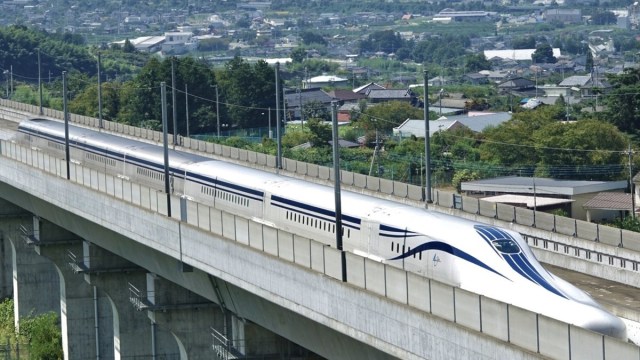
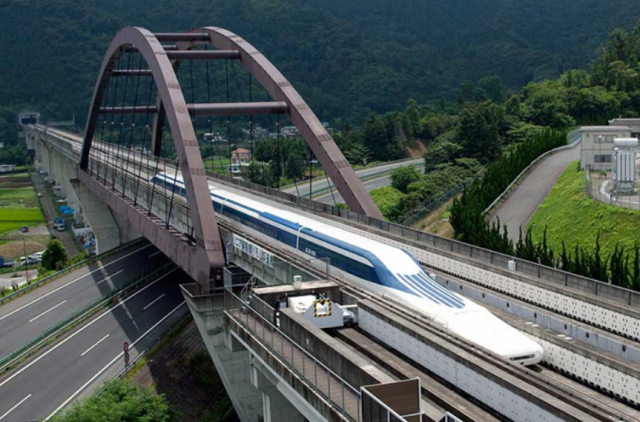
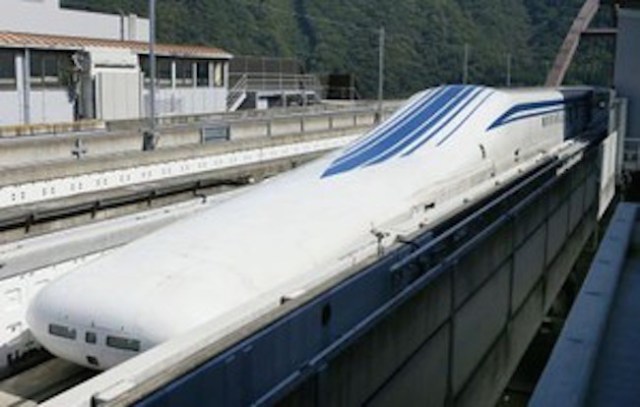
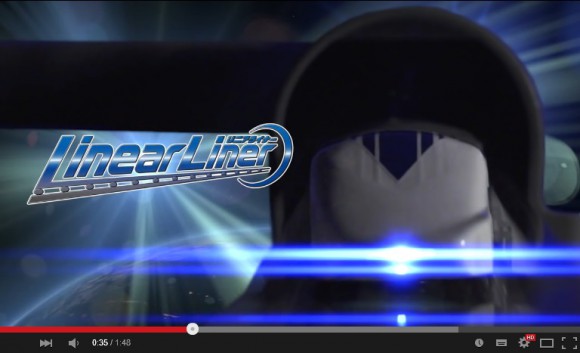
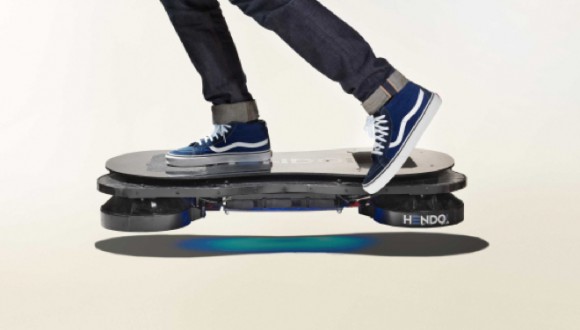
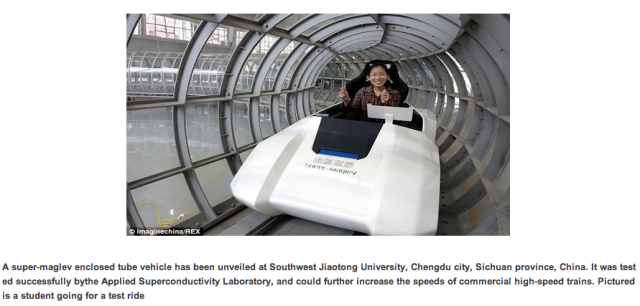
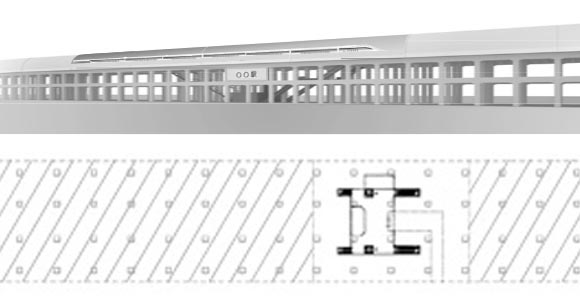
 Cyberpunk anime meets traditional culture in Ghost in the Shell gold leaf Japanese changing screens
Cyberpunk anime meets traditional culture in Ghost in the Shell gold leaf Japanese changing screens 7-Eleven Japan’s ramen-cooking robot whipped us up a bowl of noodles【Taste test】
7-Eleven Japan’s ramen-cooking robot whipped us up a bowl of noodles【Taste test】 7 great places to see Mt. Fuji from without having to climb it
7 great places to see Mt. Fuji from without having to climb it New Japanese menstrual product seeks to help women spot unidentified iron deficiencies
New Japanese menstrual product seeks to help women spot unidentified iron deficiencies More Than a Capsule Stay: Why Solo Travelers Choose “global cabin Yokohama Chinatown”
More Than a Capsule Stay: Why Solo Travelers Choose “global cabin Yokohama Chinatown” Japan’s otoshidama tradition of giving kids money at New Year’s gets a social welfare upgrade
Japan’s otoshidama tradition of giving kids money at New Year’s gets a social welfare upgrade The results are in! One Piece World Top 100 characters chosen in global poll
The results are in! One Piece World Top 100 characters chosen in global poll Ichiran Ramen opens new premium branch in Ginza with high-class boxed noodles
Ichiran Ramen opens new premium branch in Ginza with high-class boxed noodles History’s worst job? Japanese noblewomen used to hire servants to take the blame for their farts
History’s worst job? Japanese noblewomen used to hire servants to take the blame for their farts 7-Eleven Japan starts new temporary luggage storage service in over 300 branches
7-Eleven Japan starts new temporary luggage storage service in over 300 branches Disillusionment at Tsukiji’s tourist-target prices led us to a great ramen restaurant in Tokyo
Disillusionment at Tsukiji’s tourist-target prices led us to a great ramen restaurant in Tokyo Japan may add Japanese language proficiency, lifestyle classes to permanent foreign resident requirements
Japan may add Japanese language proficiency, lifestyle classes to permanent foreign resident requirements Lacquerware supplier to emperor of Japan and Pokémon team up for new tableware
Lacquerware supplier to emperor of Japan and Pokémon team up for new tableware Starbucks Japan releases new zodiac chilled cup drink for 2026
Starbucks Japan releases new zodiac chilled cup drink for 2026 Starbucks on a Shinkansen bullet train platform: 6 tips for using the automated store in Japan
Starbucks on a Shinkansen bullet train platform: 6 tips for using the automated store in Japan Large amount of supposed human organs left in Osaka marketplace
Large amount of supposed human organs left in Osaka marketplace A Japanese dating app matched our bachelorette with a Buddhist monk, and she learned some things
A Japanese dating app matched our bachelorette with a Buddhist monk, and she learned some things Japan’s human washing machines will go on sale to general public, demos to be held in Tokyo
Japan’s human washing machines will go on sale to general public, demos to be held in Tokyo Japanese train company is letting fans buy its actual ticket gates for their homes
Japanese train company is letting fans buy its actual ticket gates for their homes Starbucks teams up with 166-year-old Kyoto doll maker for Year of the Horse decorations【Photos】
Starbucks teams up with 166-year-old Kyoto doll maker for Year of the Horse decorations【Photos】 Tokyo considering law requiring more trash cans following litter increase in heavily touristed area
Tokyo considering law requiring more trash cans following litter increase in heavily touristed area Tokyo’s Tsukiji sushi neighborhood asks tour groups to stay away for the rest of the month
Tokyo’s Tsukiji sushi neighborhood asks tour groups to stay away for the rest of the month Nintendo’s Kirby now delivering orders at Kura Sushi restaurants, but not in Japan
Nintendo’s Kirby now delivering orders at Kura Sushi restaurants, but not in Japan Tokyo event lets you travel back in time, for free, to celebrate 100 years since Showa era start
Tokyo event lets you travel back in time, for free, to celebrate 100 years since Showa era start Sanrio theme park in Japan announces plans to expand into a Sanrio resort
Sanrio theme park in Japan announces plans to expand into a Sanrio resort Survey asks foreign tourists what bothered them in Japan, more than half gave same answer
Survey asks foreign tourists what bothered them in Japan, more than half gave same answer Japan’s deadliest food claims more victims, but why do people keep eating it for New Year’s?
Japan’s deadliest food claims more victims, but why do people keep eating it for New Year’s? We deeply regret going into this tunnel on our walk in the mountains of Japan
We deeply regret going into this tunnel on our walk in the mountains of Japan Studio Ghibli releases Kodama forest spirits from Princess Mononoke to light up your home
Studio Ghibli releases Kodama forest spirits from Princess Mononoke to light up your home Major Japanese hotel chain says reservations via overseas booking sites may not be valid
Major Japanese hotel chain says reservations via overseas booking sites may not be valid Put sesame oil in your coffee? Japanese maker says it’s the best way to start your day【Taste test】
Put sesame oil in your coffee? Japanese maker says it’s the best way to start your day【Taste test】 The top 10 annoying foreign tourist behaviors on trains, as chosen by Japanese people【Survey】
The top 10 annoying foreign tourist behaviors on trains, as chosen by Japanese people【Survey】 No more using real katana for tourism activities, Japan’s National Police Agency says
No more using real katana for tourism activities, Japan’s National Police Agency says Starbucks Japan reveals new sakura drinkware collection, inspired by evening cherry blossoms
Starbucks Japan reveals new sakura drinkware collection, inspired by evening cherry blossoms Japan’s otoshidama tradition of giving kids money at New Year’s gets a social welfare upgrade
Japan’s otoshidama tradition of giving kids money at New Year’s gets a social welfare upgrade The results are in! One Piece World Top 100 characters chosen in global poll
The results are in! One Piece World Top 100 characters chosen in global poll Ichiran Ramen opens new premium branch in Ginza with high-class boxed noodles
Ichiran Ramen opens new premium branch in Ginza with high-class boxed noodles History’s worst job? Japanese noblewomen used to hire servants to take the blame for their farts
History’s worst job? Japanese noblewomen used to hire servants to take the blame for their farts 7-Eleven Japan starts new temporary luggage storage service in over 300 branches
7-Eleven Japan starts new temporary luggage storage service in over 300 branches New rotating sushi pens from Japan bring the fun of a restaurant to your desktop
New rotating sushi pens from Japan bring the fun of a restaurant to your desktop Japanese jam jar lids close on their own, as if by magic
Japanese jam jar lids close on their own, as if by magic Chikan molester runs away from Japanese schoolgirls at train station in Japan【Video】
Chikan molester runs away from Japanese schoolgirls at train station in Japan【Video】 Is it rude to sing along at concerts in Japan? We ask a pro musician for his take
Is it rude to sing along at concerts in Japan? We ask a pro musician for his take Starbucks Japan adds new sakura Frappuccino to its menu for a limited time, but is it any good?
Starbucks Japan adds new sakura Frappuccino to its menu for a limited time, but is it any good? Tokyo’s Tsukiji sushi neighborhood asks tour groups to stay away for the rest of the month
Tokyo’s Tsukiji sushi neighborhood asks tour groups to stay away for the rest of the month The Snack Poster: Illustrations to spread the love for authentic Japanese foods
The Snack Poster: Illustrations to spread the love for authentic Japanese foods “THIS is Pork!” 7-Eleven’s pre-made chashu pork is here to elevate your instant ramen【Taste test】
“THIS is Pork!” 7-Eleven’s pre-made chashu pork is here to elevate your instant ramen【Taste test】